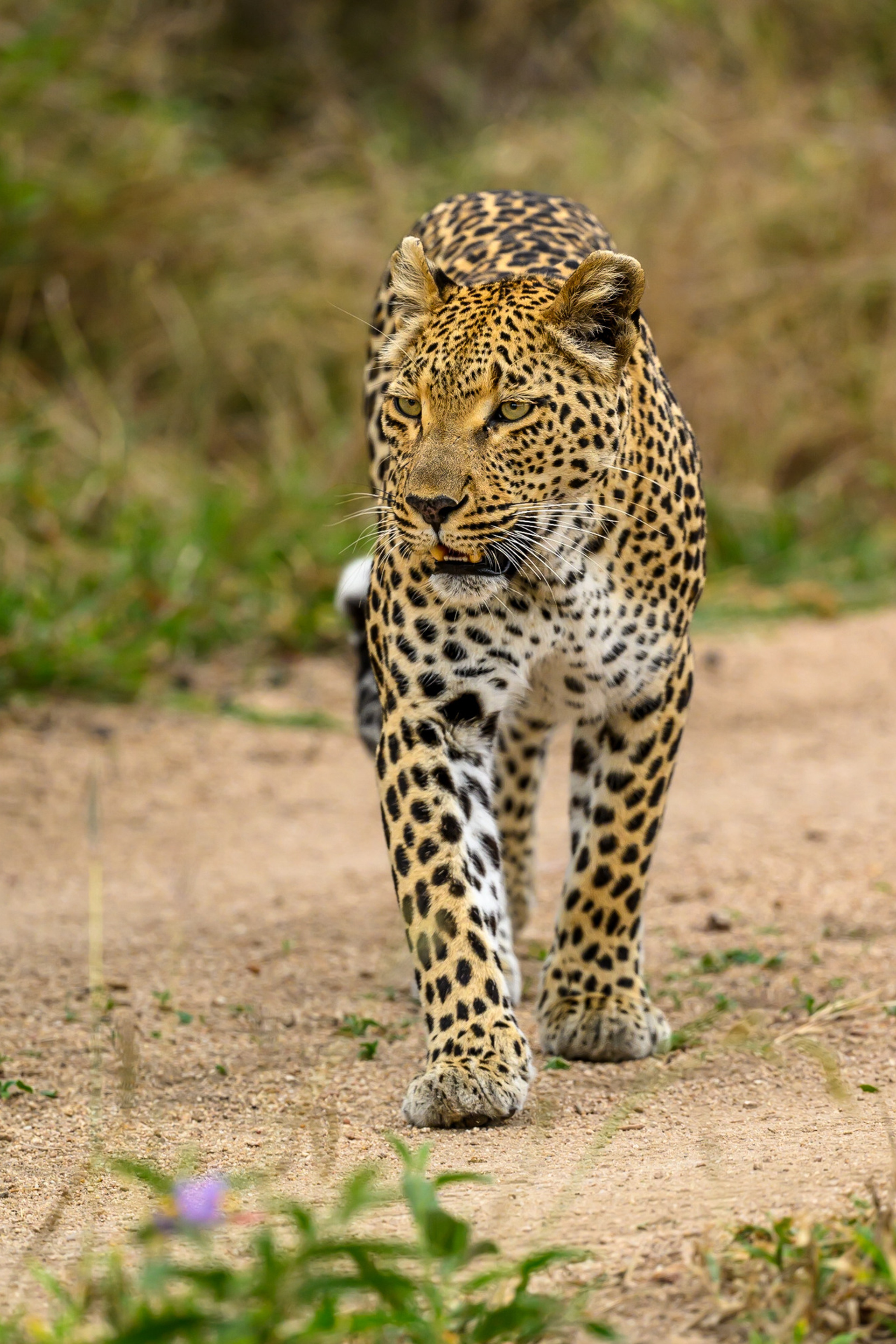Wilpattu National Park was established in 1938 and is one of the oldest national parks in Sri Lanka. The park is home to a wide variety of flora and fauna, including over 30 species of mammals, 200 species of birds, and numerous species of reptiles, amphibians, and fish. The park is also home to several endangered species, including the Sri Lankan elephant, Sri Lankan leopard, and sloth bear.
One of the most striking features of Wilpattu National Park is its unique terrain, which consists of numerous natural lakes or «villus» that dot the landscape. These villus are an important source of water for the park's wildlife, and many of them are home to crocodiles, fish, and other aquatic species. The park's vegetation is predominantly dry evergreen forest, although there are also areas of scrub jungle and grassland.
Visitors to Wilpattu National Park can explore the park's diverse wildlife by taking a safari tour. Jeep safaris are the most popular way to explore the park, and visitors can hire a jeep and driver from one of the many tour operators in the area. The best time to visit the park is between February and October when the weather is dry, and the wildlife is most active.
Some of the park's most iconic wildlife species include the Sri Lankan elephant, which can be seen in large herds near the villus, and the elusive Sri Lankan leopard, which is one of the rarest big cats in the world. Other species that can be seen in the park include sloth bears, spotted deer, water buffalo, and a variety of bird species, including the painted stork, white ibis, and grey heron.
In addition to its wildlife, Wilpattu National Park is also steeped in history and culture. The park is home to several ancient ruins, including the Kudiramalai Point Lighthouse and the ancient city of Anuradhapura, which was once the capital of Sri Lanka. Visitors to the park can also explore the local culture by visiting nearby villages and learning about traditional Sri Lankan practices and customs.
Overall, Wilpattu National Park is a must-visit destination for anyone interested in wildlife, nature, and culture. With its unique terrain, rich biodiversity, and fascinating history, the park offers a truly unforgettable experience that is sure to leave a lasting impression on visitors.
Sri Lankan leopard
The Sri Lankan leopard, also known as Panthera pardus kotiya, is a subspecies of the leopard found only in Sri Lanka. It is considered to be one of the rarest big cats in the world and is listed as endangered by the International Union for Conservation of Nature (IUCN). The leopard's elusive nature and dwindling population have made it an object of fascination and concern for wildlife enthusiasts and conservationists alike.
The Sri Lankan leopard is a medium-sized cat, with males weighing between 60 to 90 kg and females weighing between 30 to 60 kg. It is easily distinguished from other leopard subspecies by its relatively small size, stockier build, and a more spotted coat. The leopard's coat is typically pale yellow or golden with black spots arranged in rosettes or rings. Its spots are smaller and more densely packed than those of other leopard subspecies.
The Sri Lankan leopard is primarily found in the country's national parks, including Wilpattu, Yala, and Horton Plains National Parks. These parks offer protected habitats for the leopards and other wildlife species, including elephants, sloth bears, and deer. The leopards are solitary and territorial, and their territories can cover up to 30 square kilometers.
The Sri Lankan leopard is a carnivorous predator, feeding on a variety of prey, including deer, monkeys, and smaller mammals. The leopard is a skilled hunter and is known for its stealth and agility, making it a formidable predator in its natural habitat.
Unfortunately, the Sri Lankan leopard's population is rapidly declining, primarily due to habitat loss and fragmentation, poaching, and human-wildlife conflict. The leopards' habitats are being destroyed by deforestation, land conversion for agriculture, and human settlement, reducing the available prey and increasing human-wildlife conflict. Poaching and illegal wildlife trade for their fur, bones, and other body parts further exacerbate the situation.
Efforts are being made to conserve and protect the Sri Lankan leopard and its habitat. Conservation organizations, governments, and local communities are working together to implement conservation strategies that include habitat restoration, anti-poaching measures, and community-based conservation initiatives. Awareness programs and education campaigns are also being implemented to raise awareness of the importance of conserving the leopard and its habitat.
Sri Lankan sloth bear
The Sri Lankan sloth bear, also known as Melursus ursinus inornatus, is a subspecies of the sloth bear found only in Sri Lanka. It is considered to be the most endangered bear species in the world, with only an estimated 1,000 individuals remaining in the wild. The bear's unique appearance and behavior have made it a subject of fascination and concern for wildlife enthusiasts and conservationists.
The Sri Lankan sloth bear is a medium-sized bear, with males weighing between 80 to 140 kg and females weighing between 55 to 95 kg. It is characterized by its shaggy, black fur, which is longer and more untidy than that of other bear species. The bear's muzzle is also elongated and adapted for sucking up termites and ants, which make up a significant portion of its diet.
The Sri Lankan sloth bear is primarily found in the dry lowland forests and scrublands of Sri Lanka. It is a solitary and nocturnal animal, spending much of its time foraging for food at night. The bear is an excellent climber and can often be seen climbing trees to feed on fruits and honeycombs.
The sloth bear is known for its distinctive behavior of carrying its cubs on its back. The bear's young are born in caves or crevices in rock formations, and the mother bear carries her cubs on her back while foraging for food. This behavior is believed to have evolved as a way of protecting the cubs from predators, such as leopards and pythons.
Birds of Wilpattu
Wilpattu National Park is one of the largest and oldest national parks in Sri Lanka, located in the northwestern coast of the island. The park is home to a wide variety of wildlife including mammals, reptiles, and birds. In this article, we will focus on the birds of Wilpattu National Park.
Wilpattu National Park is a paradise for bird lovers, with over 200 species of birds being recorded in the park. The park's diverse habitats, which include dense forests, scrublands, and open grasslands, provide a wide range of habitats for a variety of bird species.
One of the most iconic bird species found in Wilpattu National Park is the Sri Lankan Junglefowl. This colorful bird is the national bird of Sri Lanka and can be easily spotted in the park's forested areas. The male has striking red and gold plumage, while the female is a more subdued brown color.
Another common bird species found in Wilpattu National Park is the Brown Fish Owl. This large owl is usually found near water sources, where it preys on fish and other aquatic creatures. Its distinctive hooting call can often be heard echoing through the park at night.
The park is also home to a variety of raptors, including the Crested Serpent Eagle, the Changeable Hawk Eagle, and the Black-winged Kite. These birds of prey can often be seen soaring high above the park's open grasslands, searching for their next meal.
In addition to these iconic bird species, Wilpattu National Park is also home to a number of migratory birds that visit the park during the winter months. Some of these migratory birds include the Indian Pitta, the Brown-headed Flycatcher, and the Eurasian Spoonbill.
Visitors to Wilpattu National Park can enjoy birdwatching from the comfort of their vehicle or on foot, with a knowledgeable guide to help identify the various species. The park's varied landscapes provide an excellent opportunity to spot a wide range of bird species, from small songbirds to large birds of prey.
Visiting Wilpattu National Park
By Car: The most convenient way to get to Wilpattu National Park is by car. You can either hire a private car with a driver or rent a car and drive yourself. The park is located approximately 180 km from Colombo, the capital of Sri Lanka, and it takes around 4-5 hours to reach the park by car. The drive is scenic and takes you through some beautiful countryside.
By Public Transport: If you are on a tight budget, you can take public transport to Wilpattu National Park. There are regular buses from Colombo to Puttalam, which is the nearest town to the park. From Puttalam, you can take a tuk-tuk or taxi to the park entrance. However, it is important to note that public transport can be crowded and uncomfortable, and it may take longer to reach the park than by car.
By Train: You can also take the train to the nearest train station, which is located in Anuradhapura. From there, you can take a taxi or tuk-tuk to the park entrance. The train journey is scenic and takes you through some beautiful landscapes, but it can be a slow and uncomfortable way to travel.
Once you arrive at the park, you will need to purchase an entrance ticket, which can be done at the park entrance. It is also recommended to hire a guide, who can help you spot wildlife and provide valuable information about the park.
Статьи
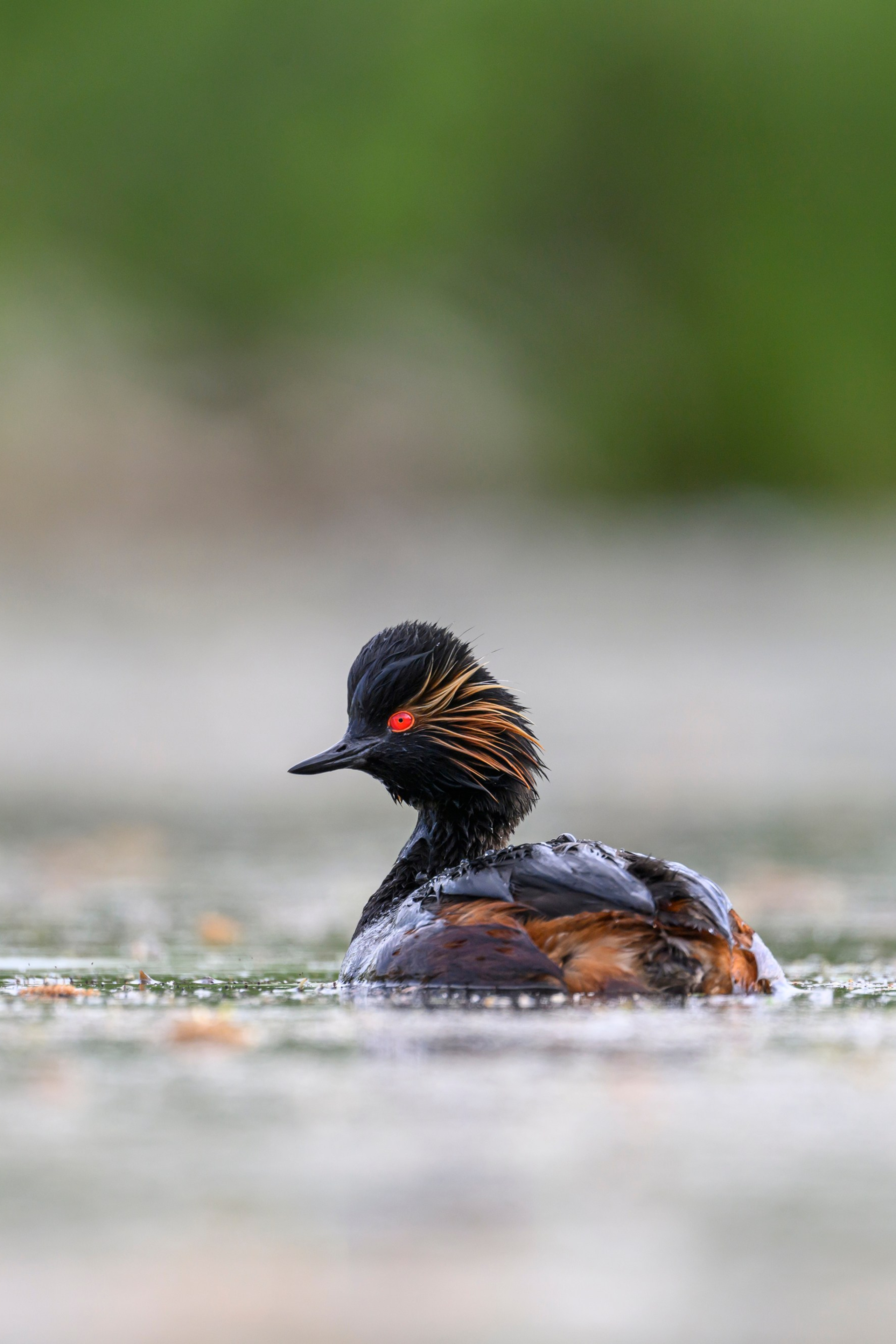
Эффект вместо момента: про фотографию дикой природы в конкурсах
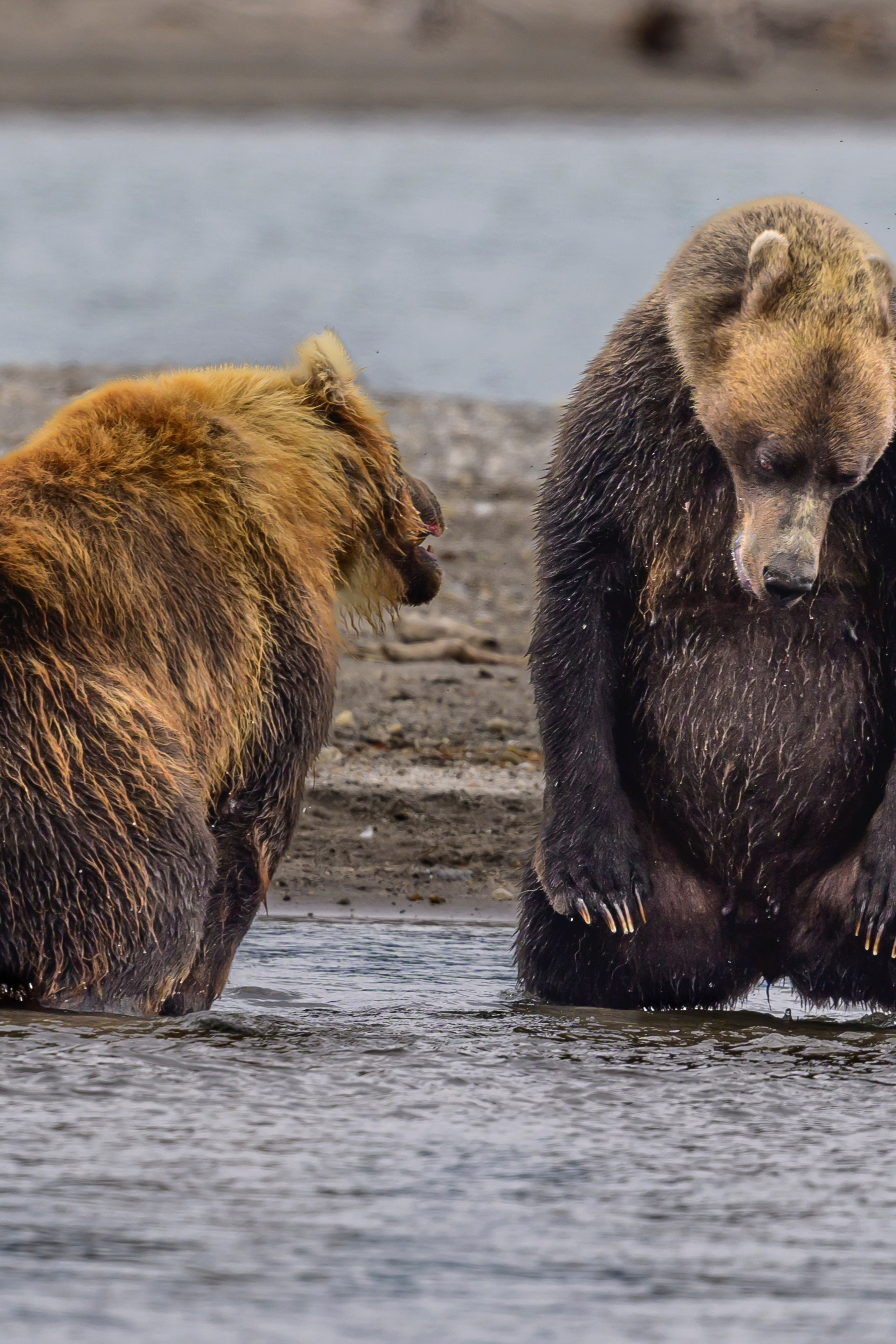
От охоты к фотоохоте
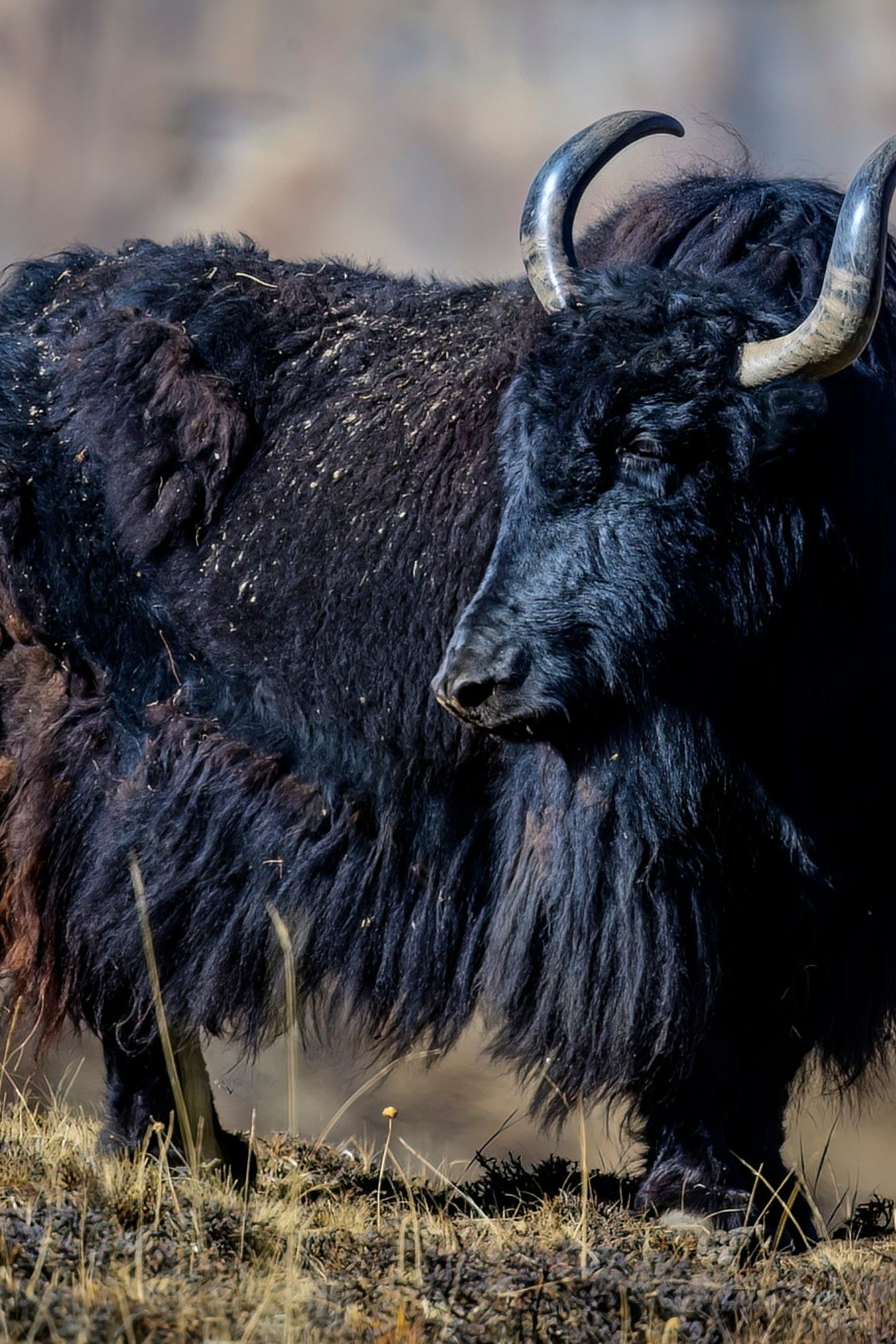
Путешествие в долину Спити: снежные барсы и духовное наследие Гималаев
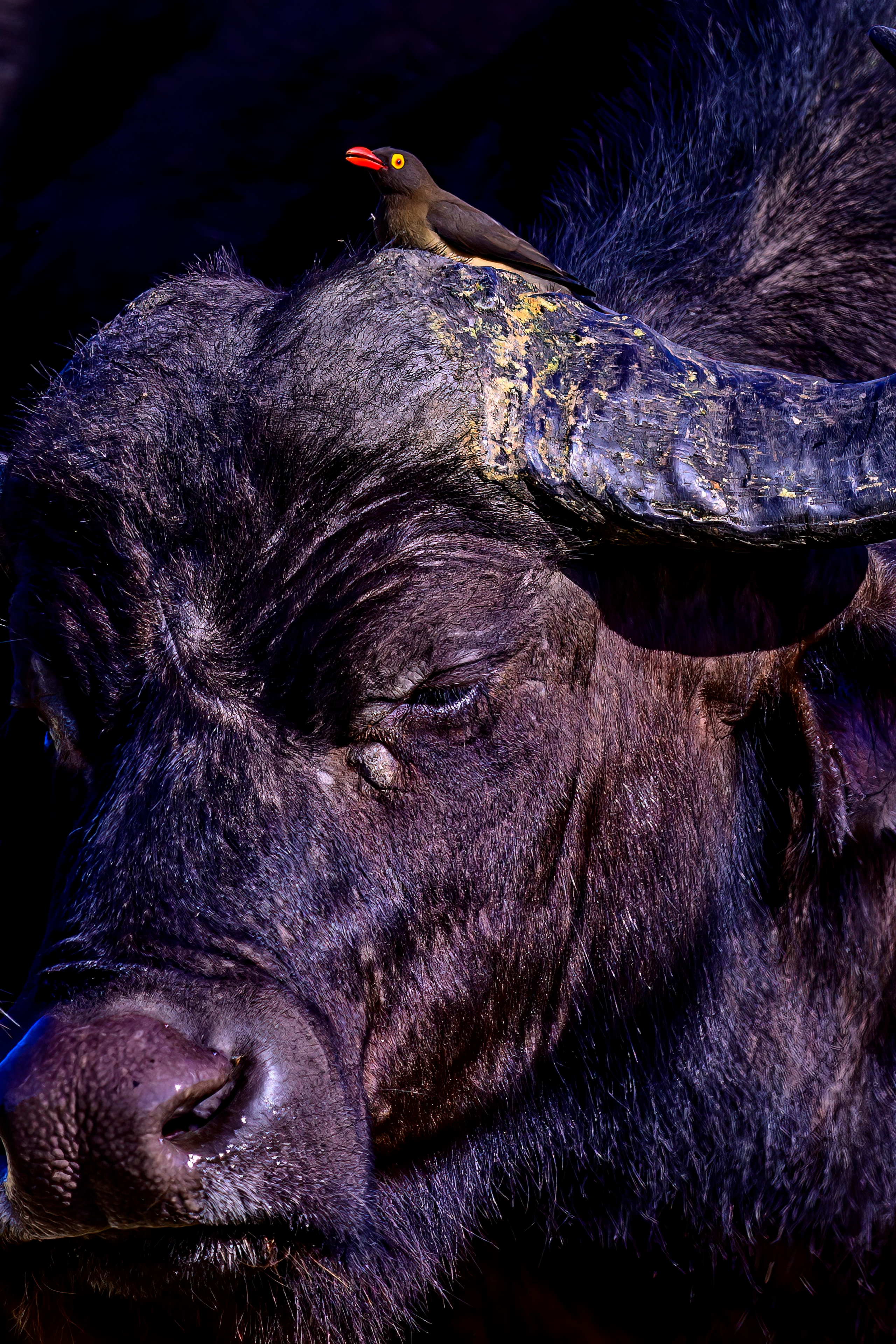
Парк Крюгера, ЮАР
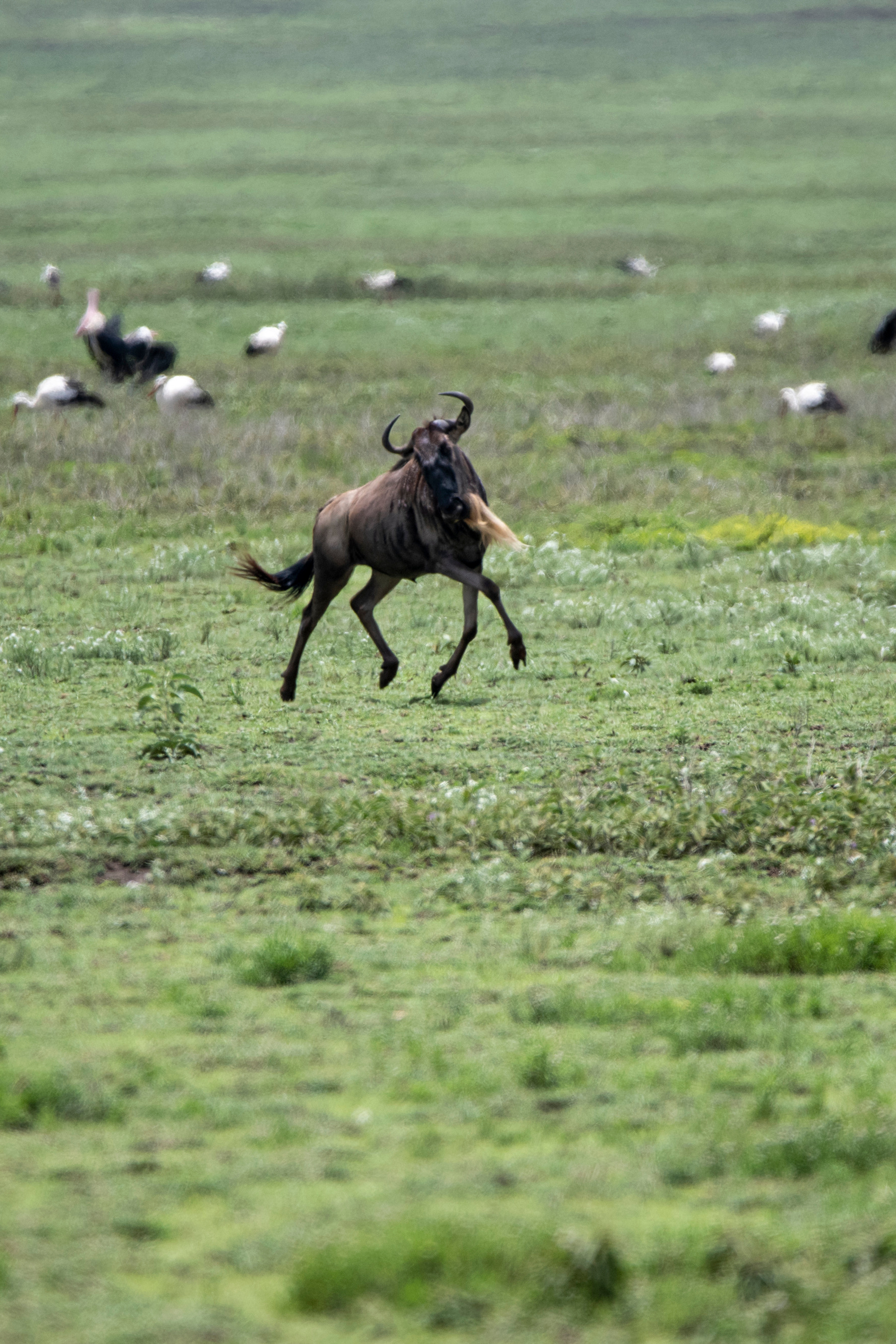
Budget safaris tips and tricks
